We thought you might find the results of a recent research study on the effects of sleeping in wool an interesting read. Thank you to the IWTO for sharing these results.
Author: International Wool Textile Organisation
A Simple Way to a Good Night’s Sleep.
Sleep is a vital aspect in the health and well-being of humans. Numerous studies have linked a lack of sleep to the risk of obesity, overall mortality rate, depression, and heart disease. Too little sleep can also affect the emotional development of children.
A simple way to a better night’s sleep may be to sleep in, on or under wool. There is evidence that sleep quality can be affected by the type of fabric of both bed linens and bed clothing. Now, increasing scientific evidence of wool’s ability to improve sleep quality.
Deeper, Longer, Better
Recently, a three-year study conducted at the University of Sydney showed that wool sleepwear promoted faster sleep onset than cotton sleepwear. Differences in sleep quality also showed that a combination of wool sleepwear and bedding produced a deeper and longer sleep with participants waking less frequently.
Participants slept in Merino wool or cotton pajamas, and under duvets of either cotton, polyester, or wool at three different temperatures: cold (17°C), neutral (22°C) and hot (29°C). The difference at high temperature was most marked.[1, 2] Generally, the lower temperature, 17°C, was found to be more conducive to sleep, and the findings highlight wool, next to skin, as an efficient insulator, researchers concluded.[1, 2] An earlier study showed that periods of immobile sleep increased when participants slept on a fleecy wool under-blanket. Participants reported feeling better in the morning and having improved sleep quality.[5] Similarly, when participants in another study slept on wool-on sheepskin underlays, they felt they had slept better. Researchers concluded that the wool pile diffused pressure points, provided better insulation to the sleeper, absorbed perspiration better than alternatives, and had a more reassuring handle.[6]
The Science of Sleeping with Wool
The Absorption Factor
Scientists believe that wool improves sleep because it absorbs the sweat human bodies produce during the night, keeping skin dry and comfortable. In a leading German study at Holstein Institute, researchers found that wool blankets absorbed 50% more perspiration from sleepers than acrylic blankets. Consequently, when sleeping under wool blankets, the micro-climate of the bed maintained a comfortable level of humidity, as evidenced by the sleepwear worn by participants: their pajamas stayed drier.[3] Wool’s moisture-absorbing properties derive from molecules in the fiber, which are able to create hydrogen bonds with water, immobilizing the water and incorporating it into the fiber itself, with a small amount of heat released.[4] Generally, wool can absorb up to 30% moisture to its own weight without feeling wet.[5]
Dynamic Thermal Capacities.
Wool garments have been reported to lower the relative humidity at the skin surface, and to delay the on-set of sweating which results in smaller changes in core temperature. “Buffering” is the term used for the probable explanation for these smaller changes to core body temperature.[4] Buffering is a form of skin-clothing microclimate humidity control: As the rate of moisture evaporated from the skin increases, the relative humidity of the microclimate adjacent to the skin increases and the fibres respond by increasing moisture vapour content. This slows (or buffers) the rate of rise in humidity within the microclimate. As moisture levels decrease, the fibres give up some of their stored moisture, again slowing the rate of humidity change.[5] These properties hold true irrespective of whether the wool has been processed by the woollen or worsted system, and largely irrespective of yarn twist.[4]
About IWTO
With a world-wide membership encompassing the wool pipeline from sheep to shop, the International Wool Textile Organisation (IWTO) represents the interests of the global wool trade. By facilitating research and development and maintaining textile industry standards, IWTO ensures a sustainable future for wool. To learn more about IWTO and its activities, visit www.iwto.org.
[1] Woolmark.com brochure on the benefits of sleeping in or under wool www.woolmark.com/news-events/news/study-backs-wool-for-a-good-nights-sleep/ | (retrieved 14/11/2017) | [2] The effects of fabric for sleepwear and bedding on sleep at ambient temperatures of 17°C and 22°C. Shin, M., Halaki, M., Swan, P., Ireland, A., and Chow, C. Nature and Science of Sleep, 22 April 2016. | | [3] K.H. Umbach, Comparative Thermophysiological Tests on Blankets Made from Wool and Acrylic-Fibre-Cotton Blends. The Journal of the Textile Institute vol. 7, issue 3 (1986), pp 212-222. | [4] R. Laing and P. Swan, Wool in Human Health and Well-being, from Natural Fibres: Advances in Science and Technology Towards Industrial Applications (Springer, Netherlands, 2016) pp. 19-34. | [5] N.A. G. Johnson and I.M. Russell (eds). Advances in Wool Technology. The Textile Institute, CRC Press, Woodhead Publishing Limited (Cambridge, England, 2009) p. 273 (buffering), p. 284 (30% absorption). | [6] P.R. Dickson, Effect of a fleecy woollen underlay on sleep. The Medical Journal of Australia 140 (1984) pp. 87-89. | | Best Duvet Filling? Wool is Better than Down for Sleep, Study Reveals. www.thewoolroom.com/blog/best-duvet-filling-wool-is-better-than-down-forsleep-study-reveals/ (retrieved 14/11/2017) | | In a study of Australian pre-school children on bedding fabrics and underlays, children who slept in any synthetic bedding in summer or winter were more likely to be reported as having a sleep problem, than those who slept in cotton or wool [4]









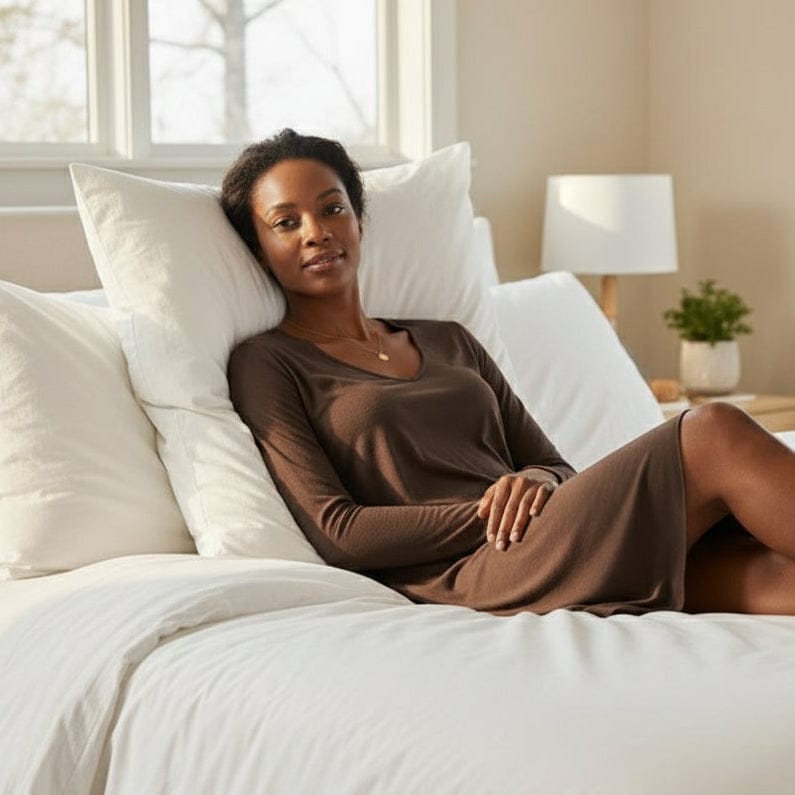
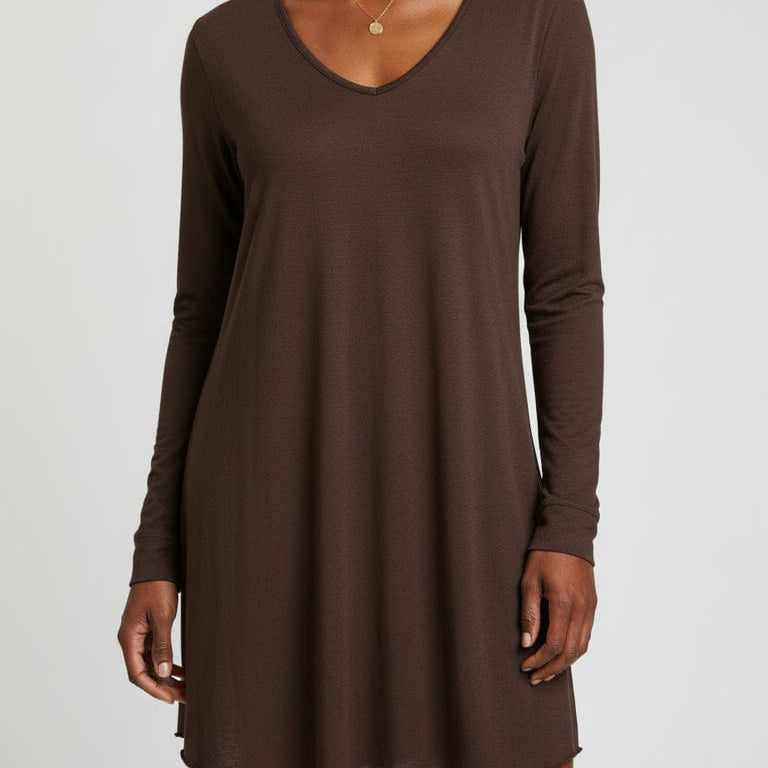


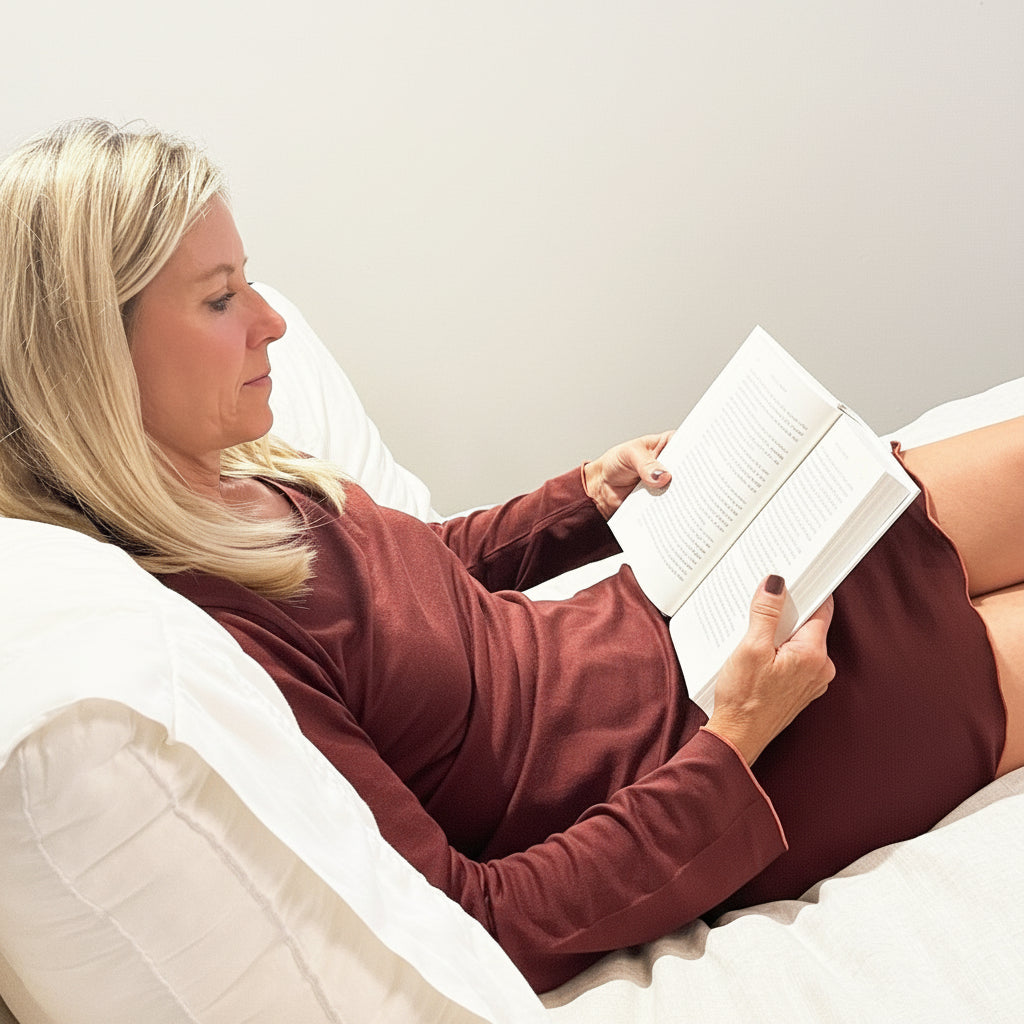

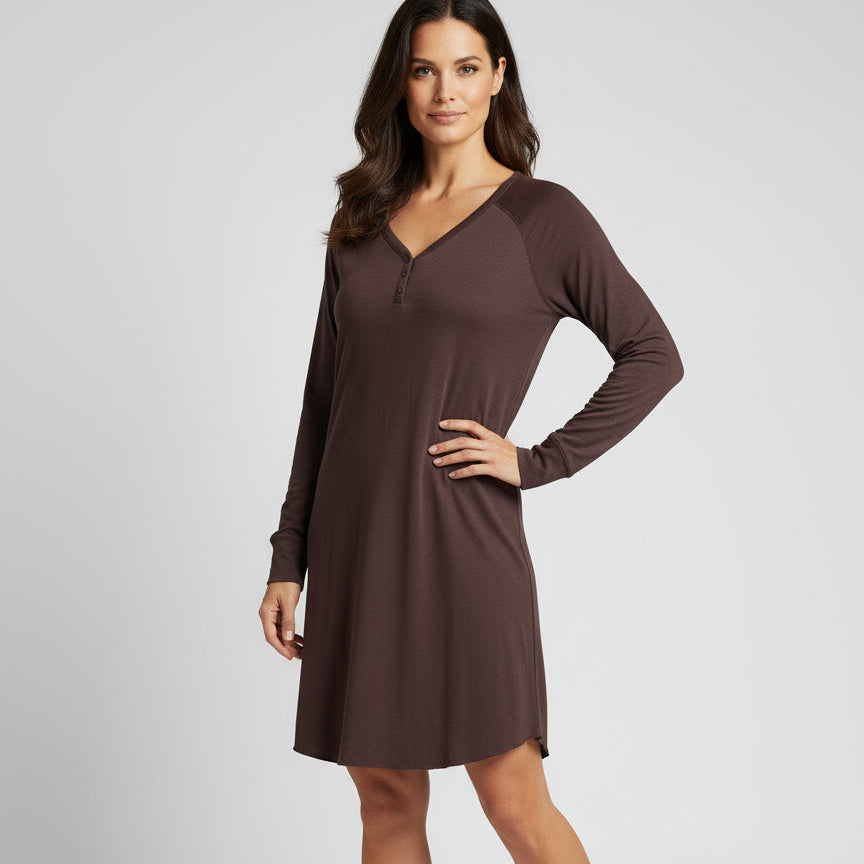
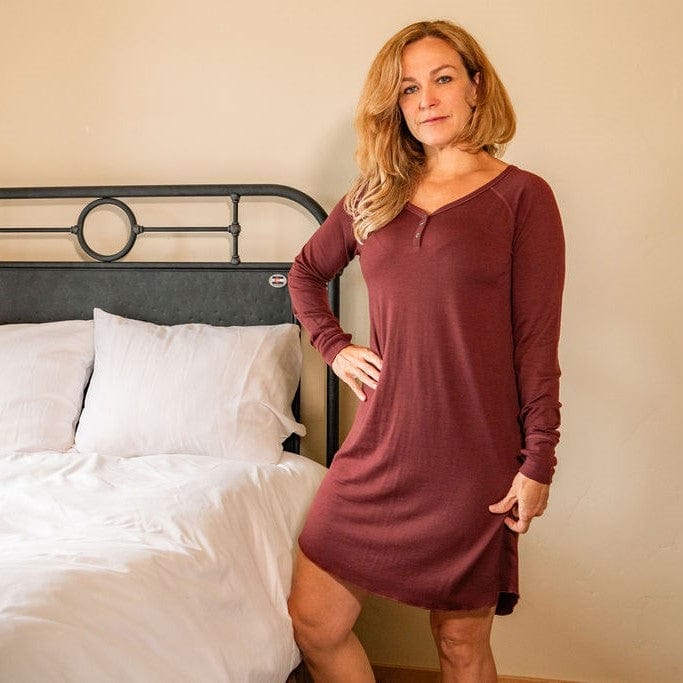

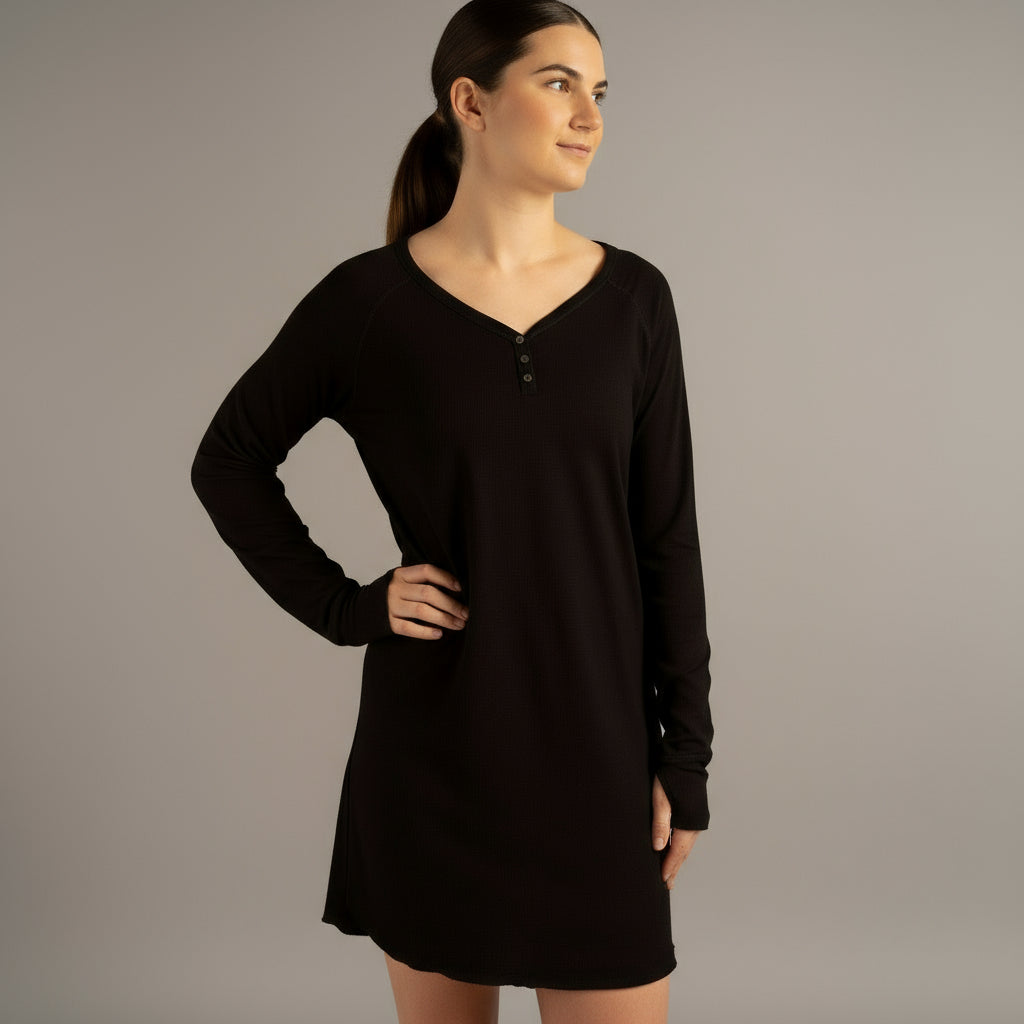

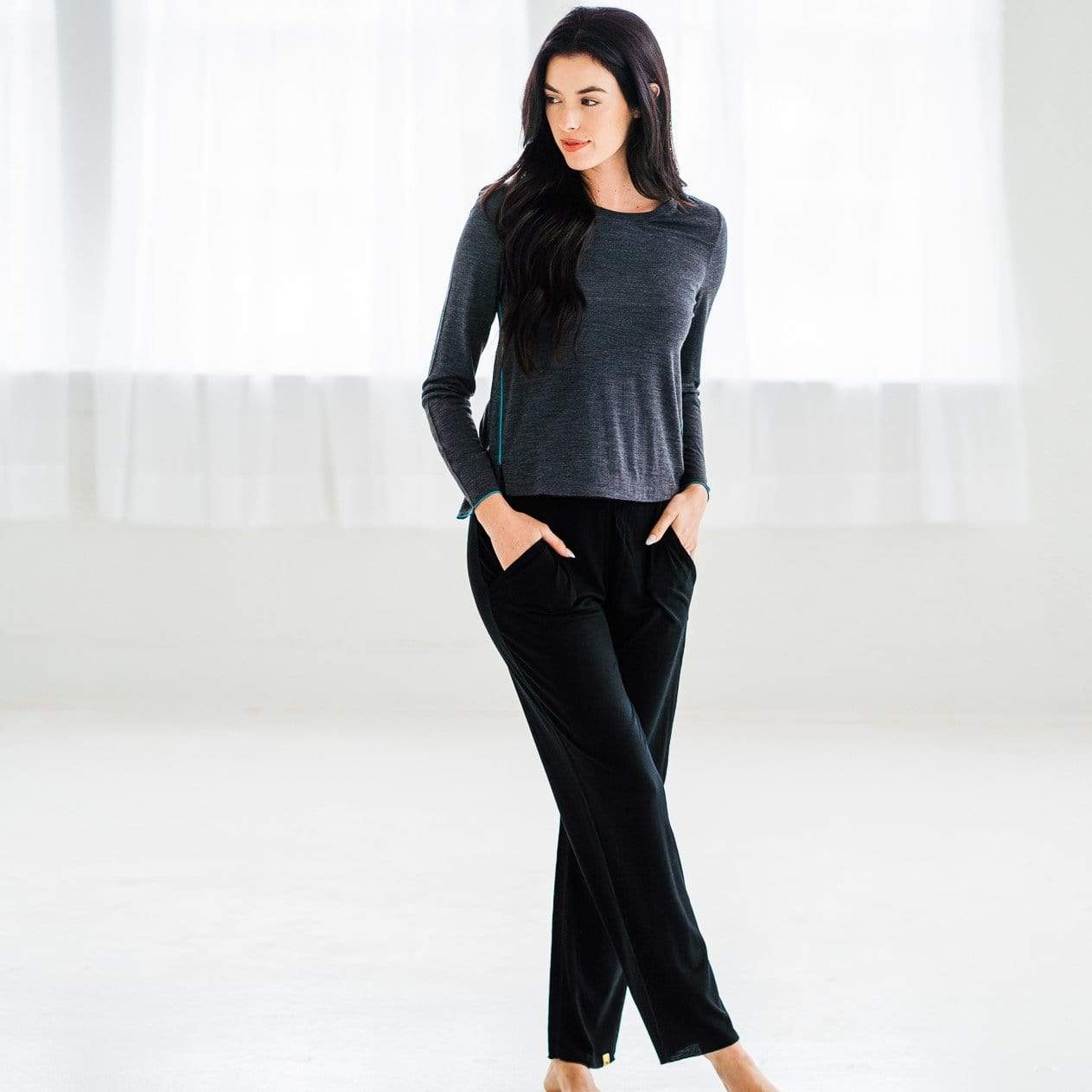
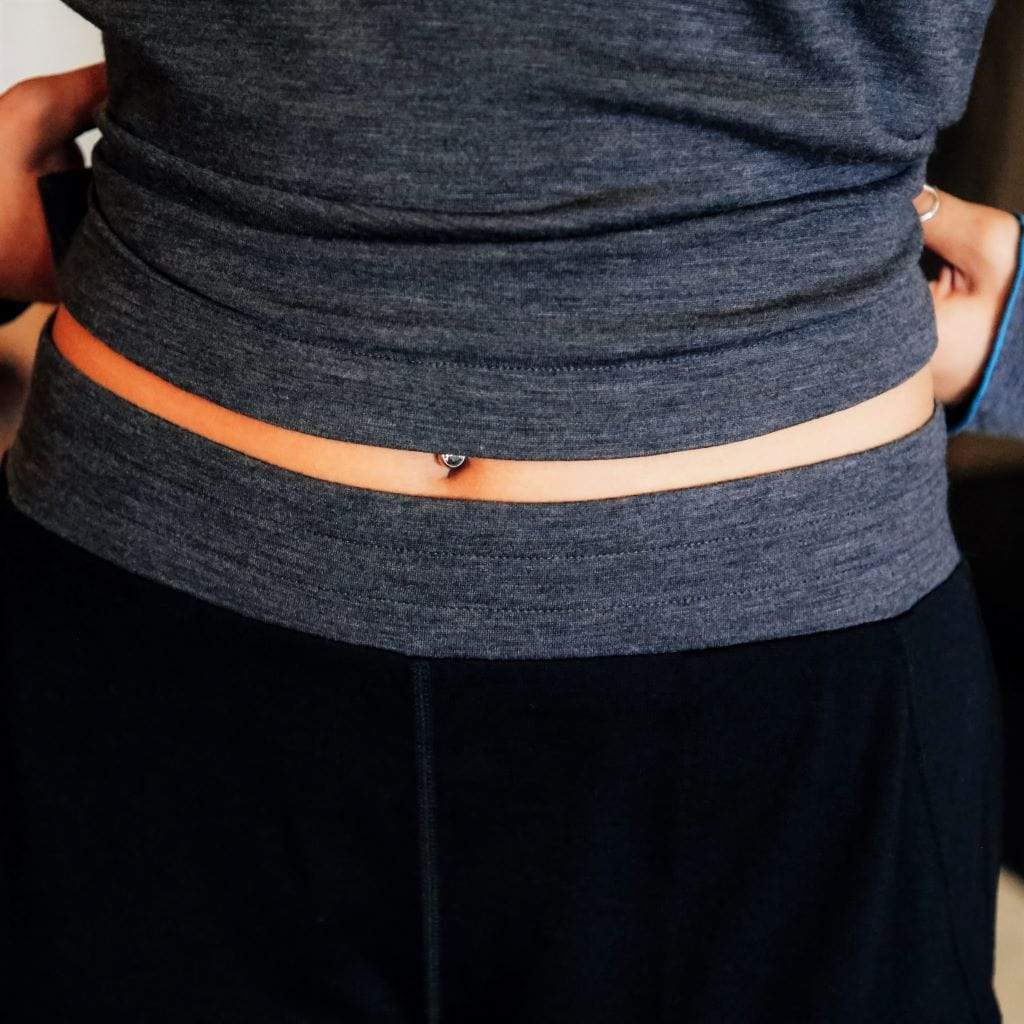
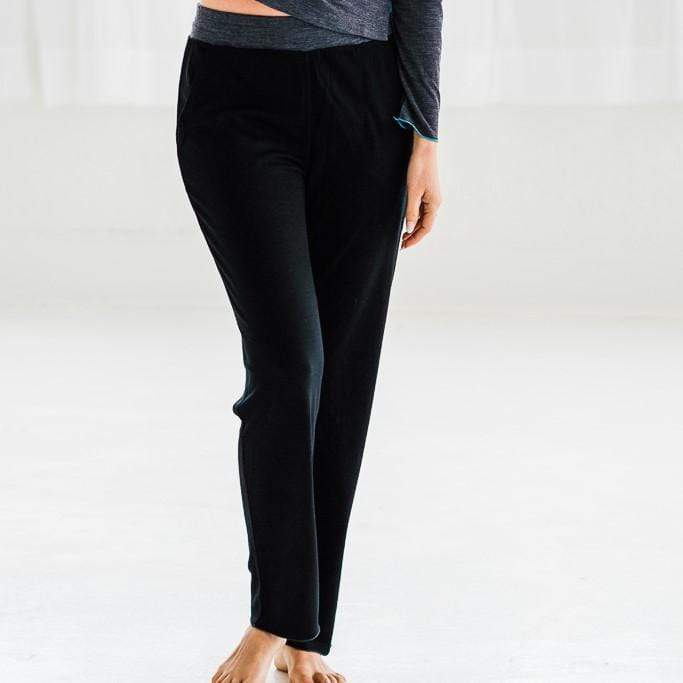
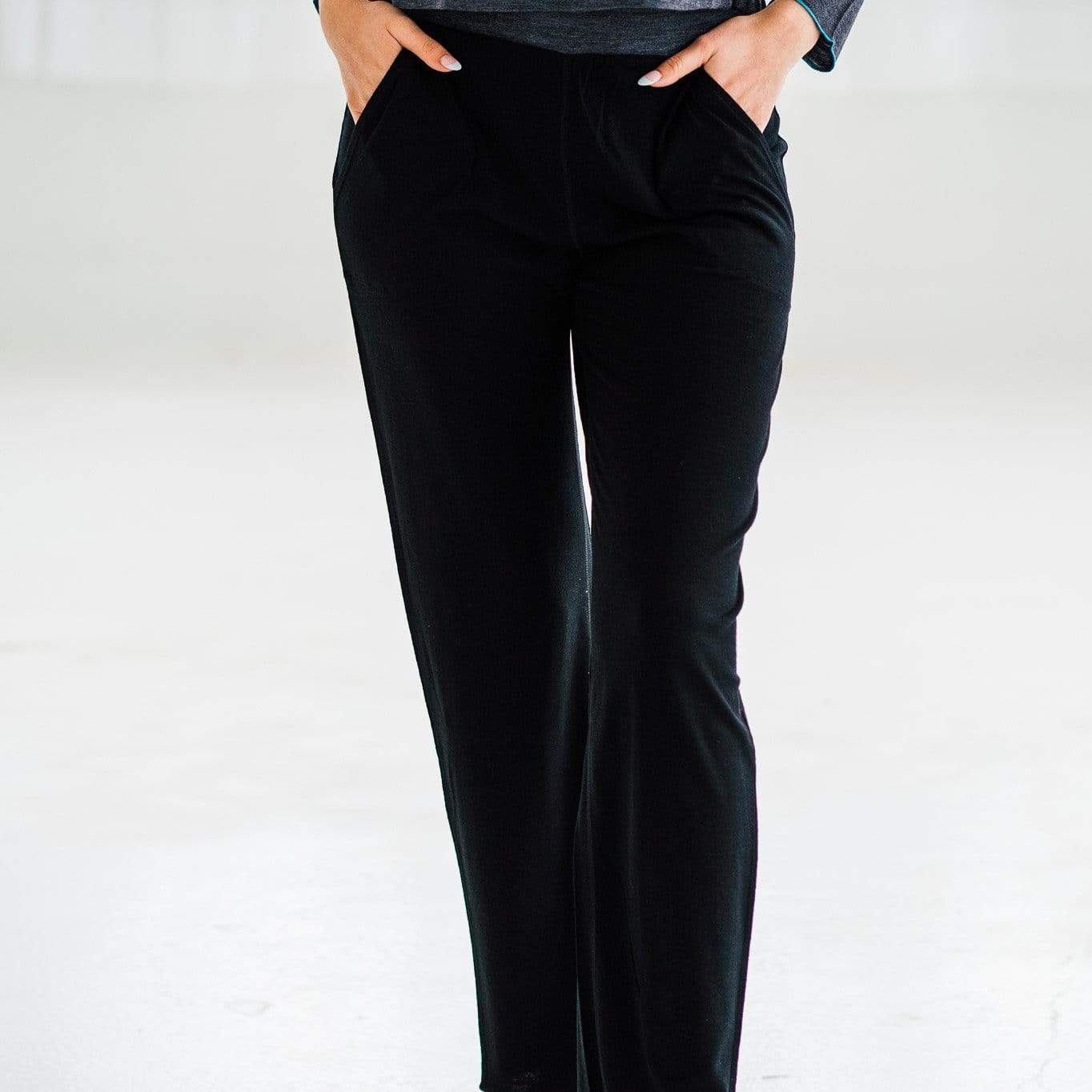
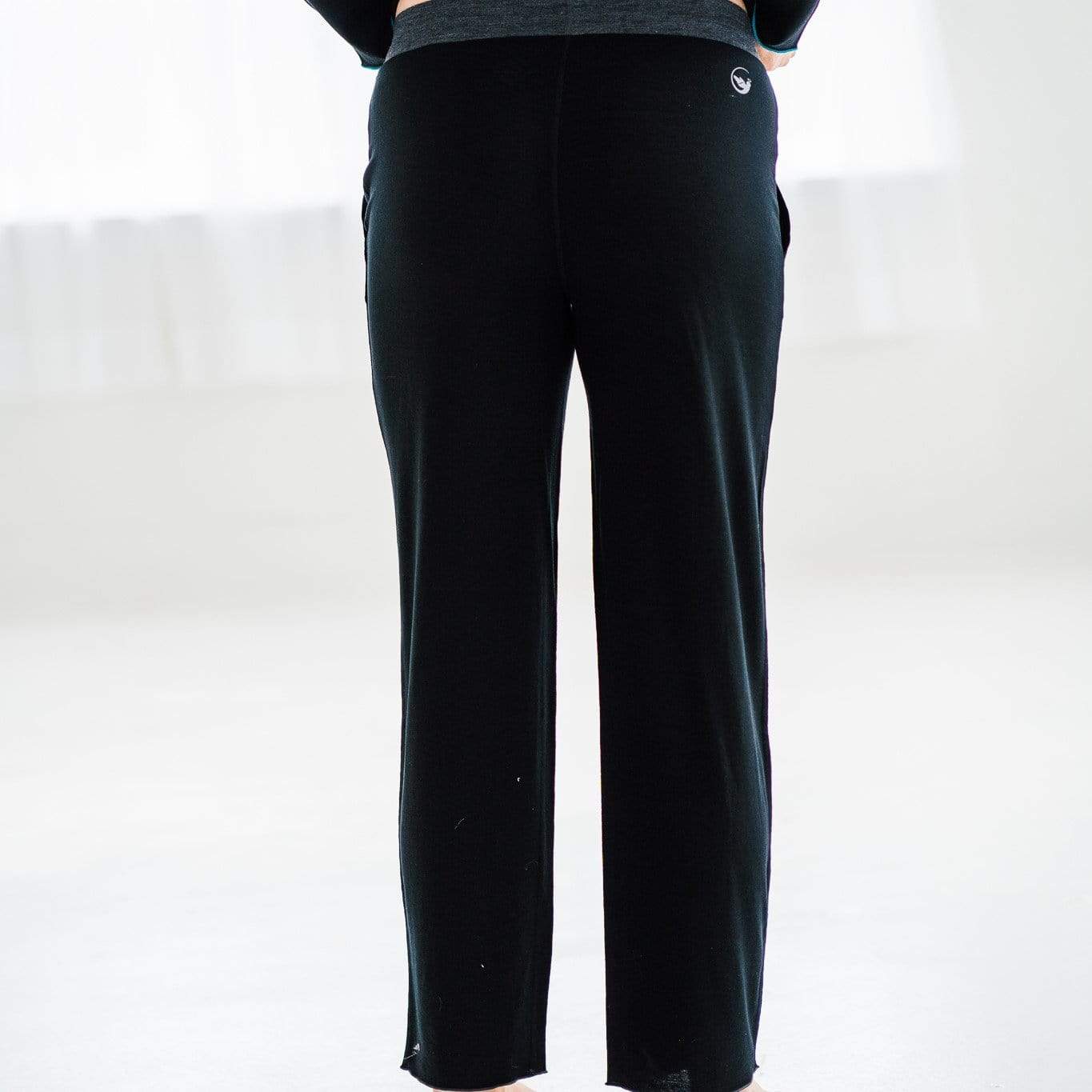
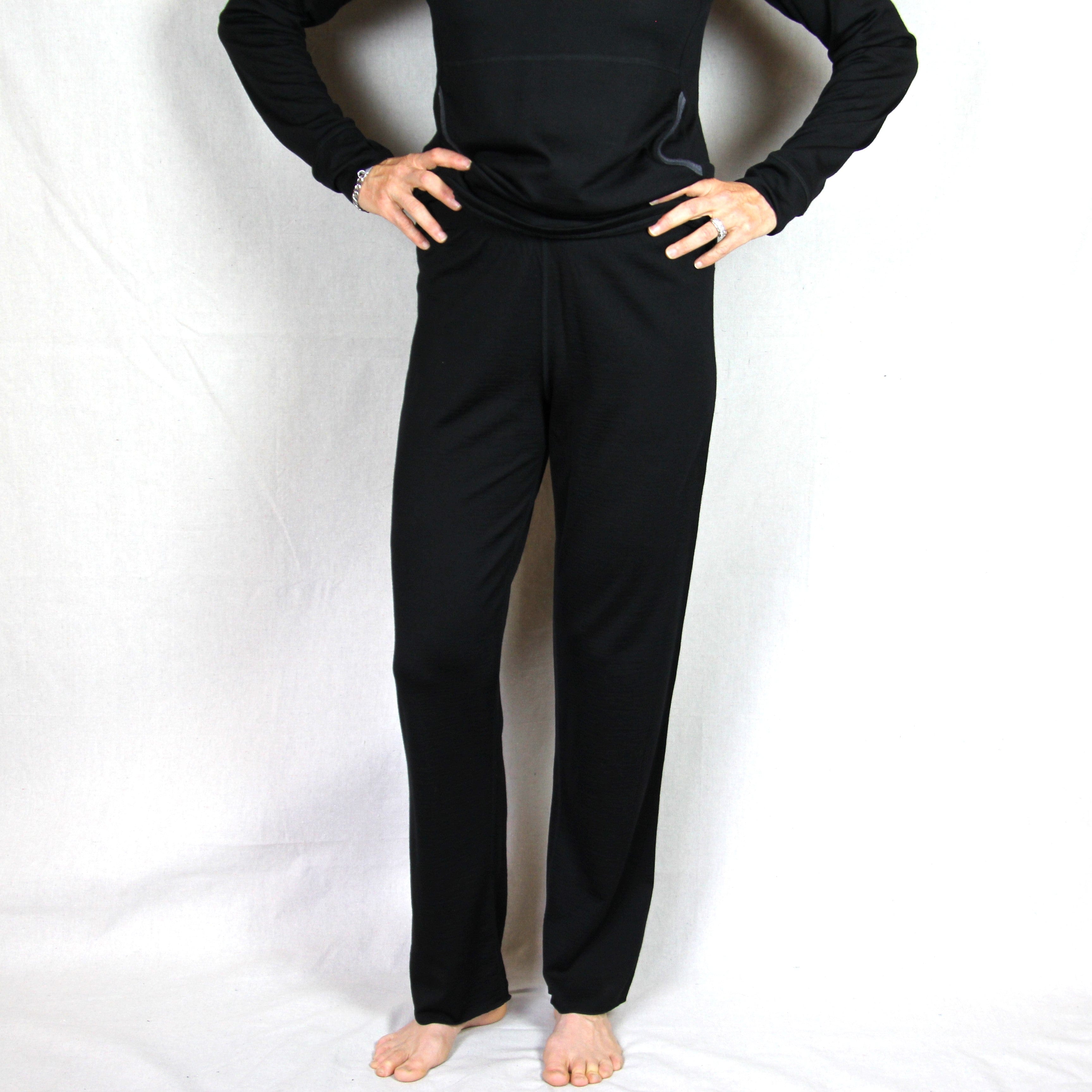
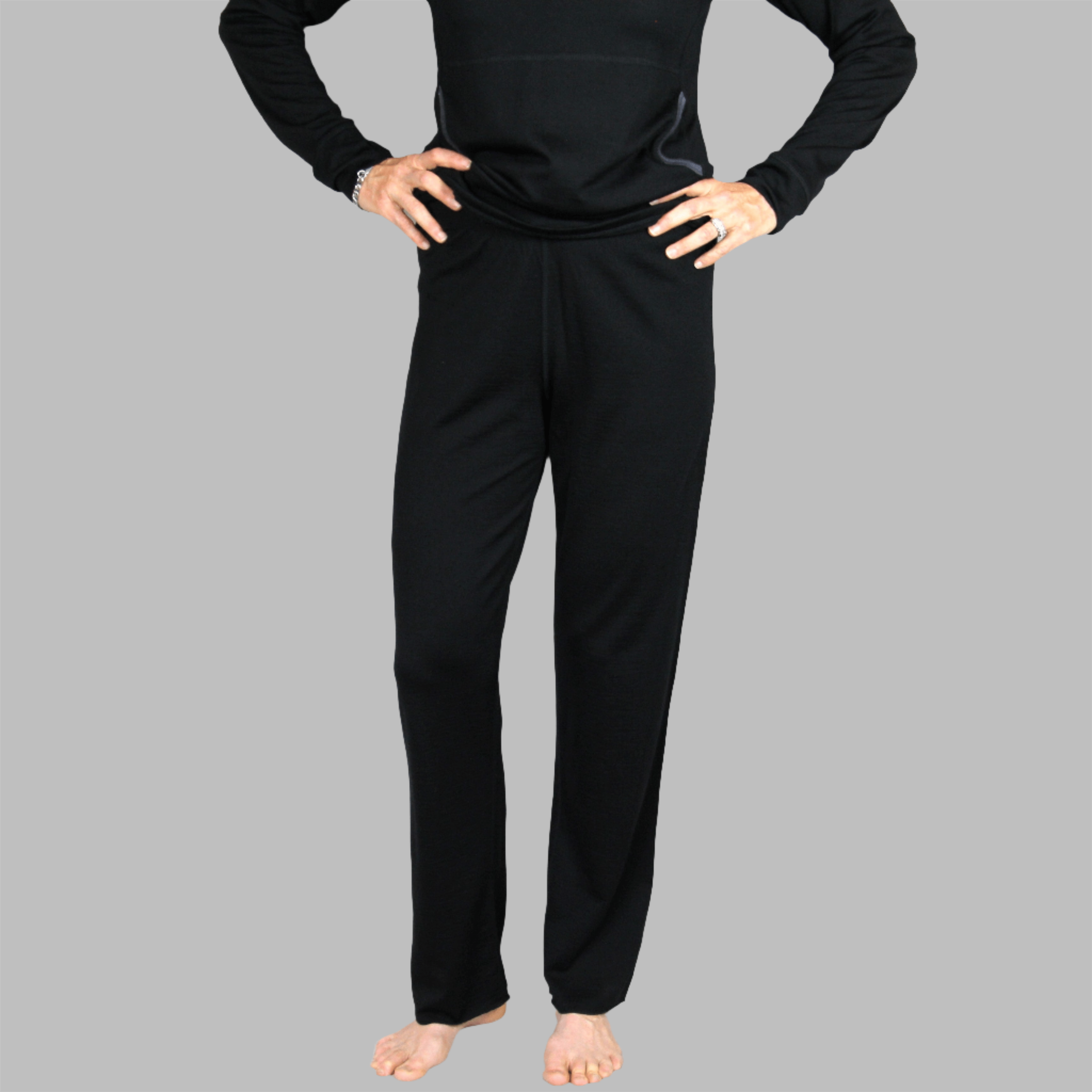
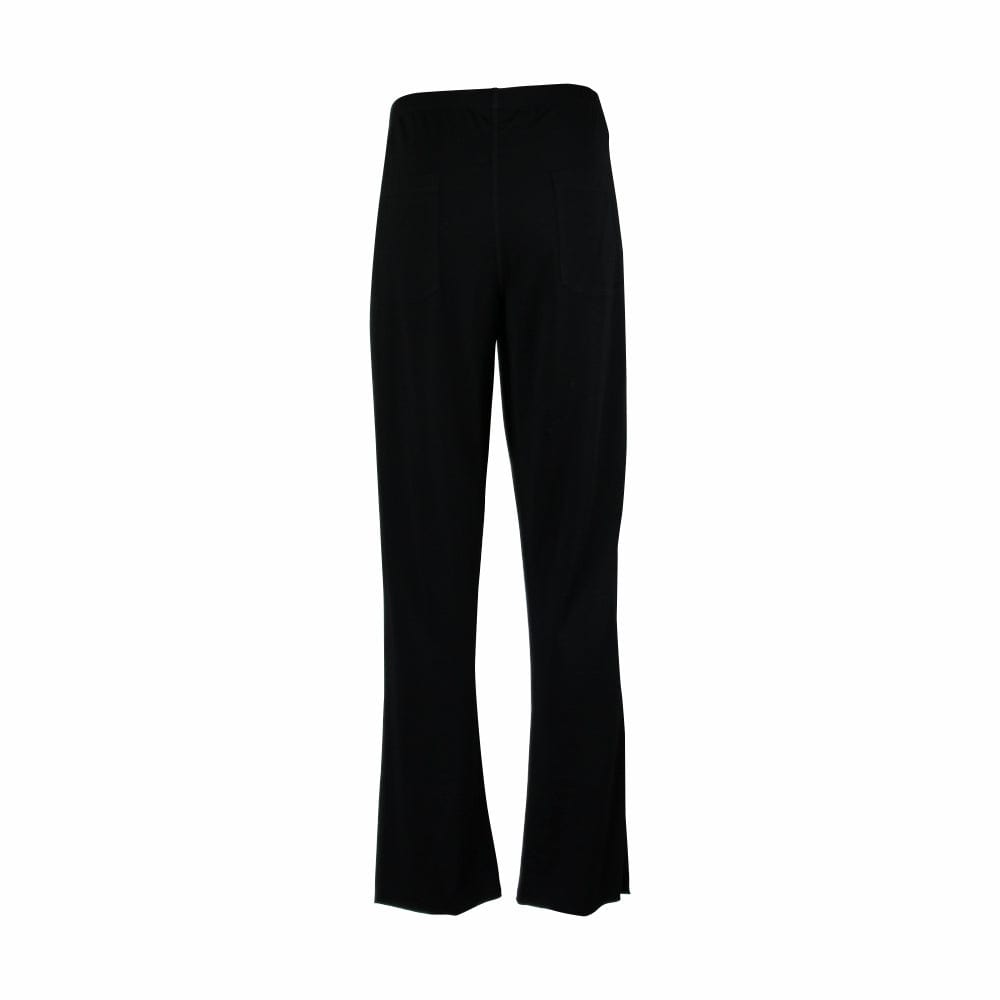
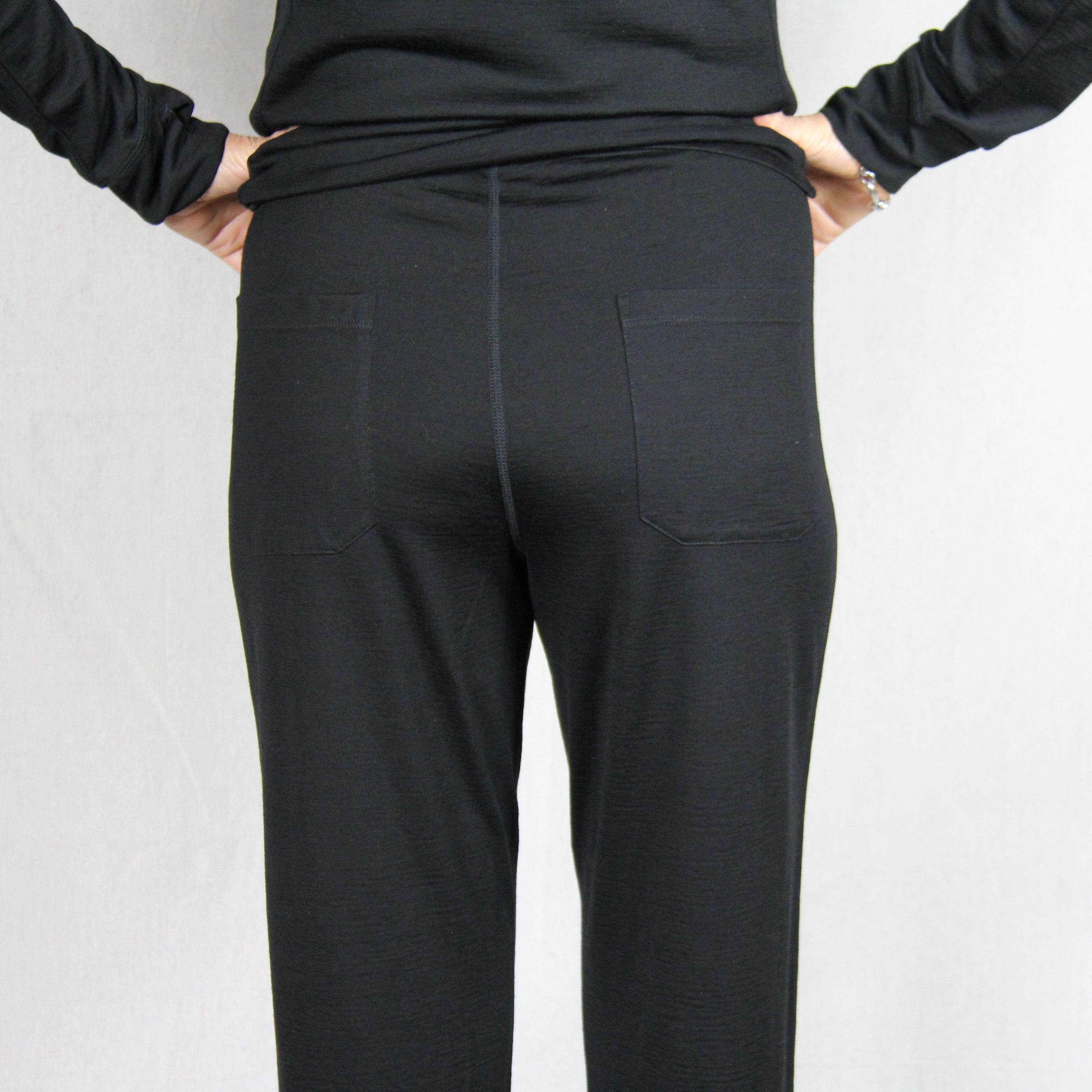
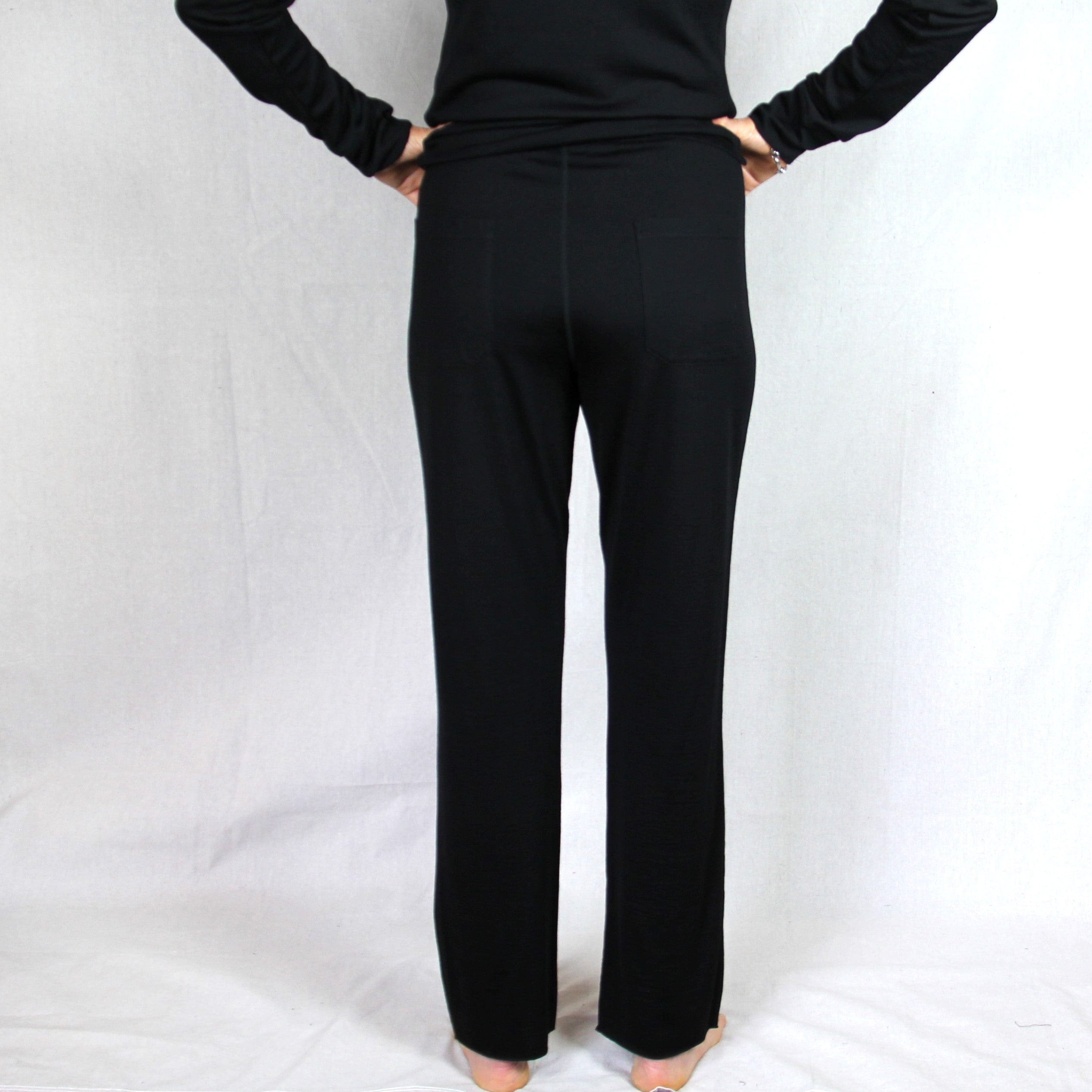
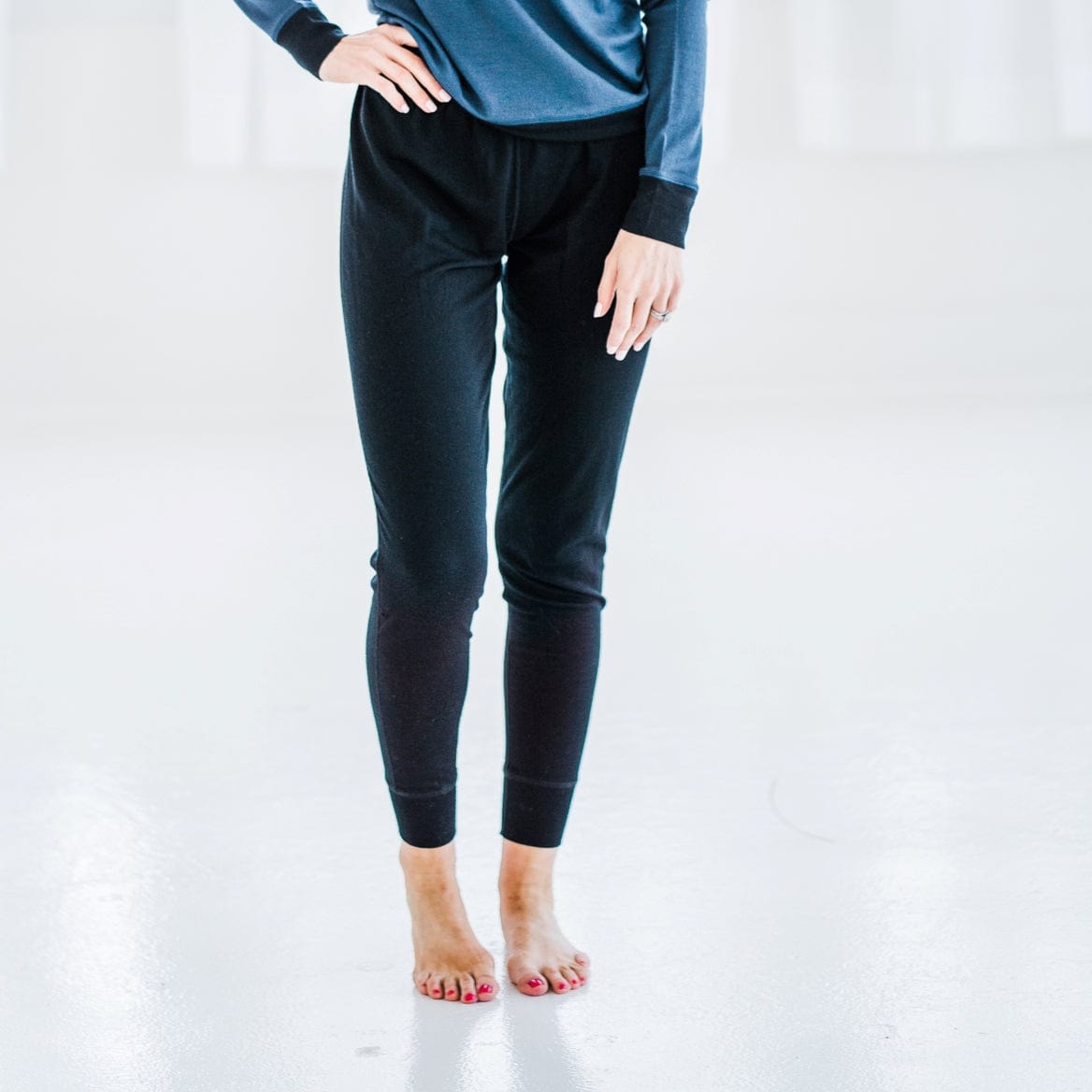
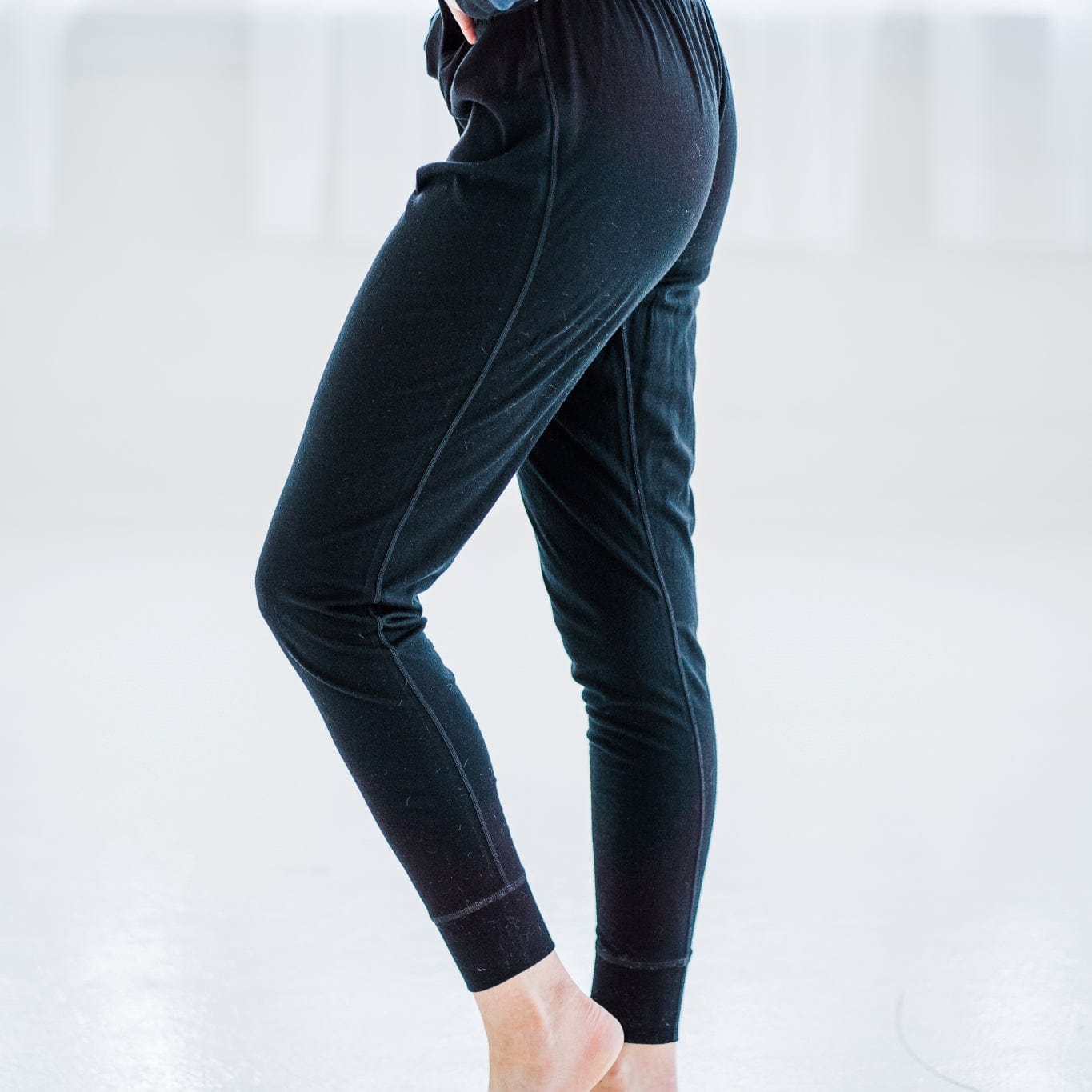
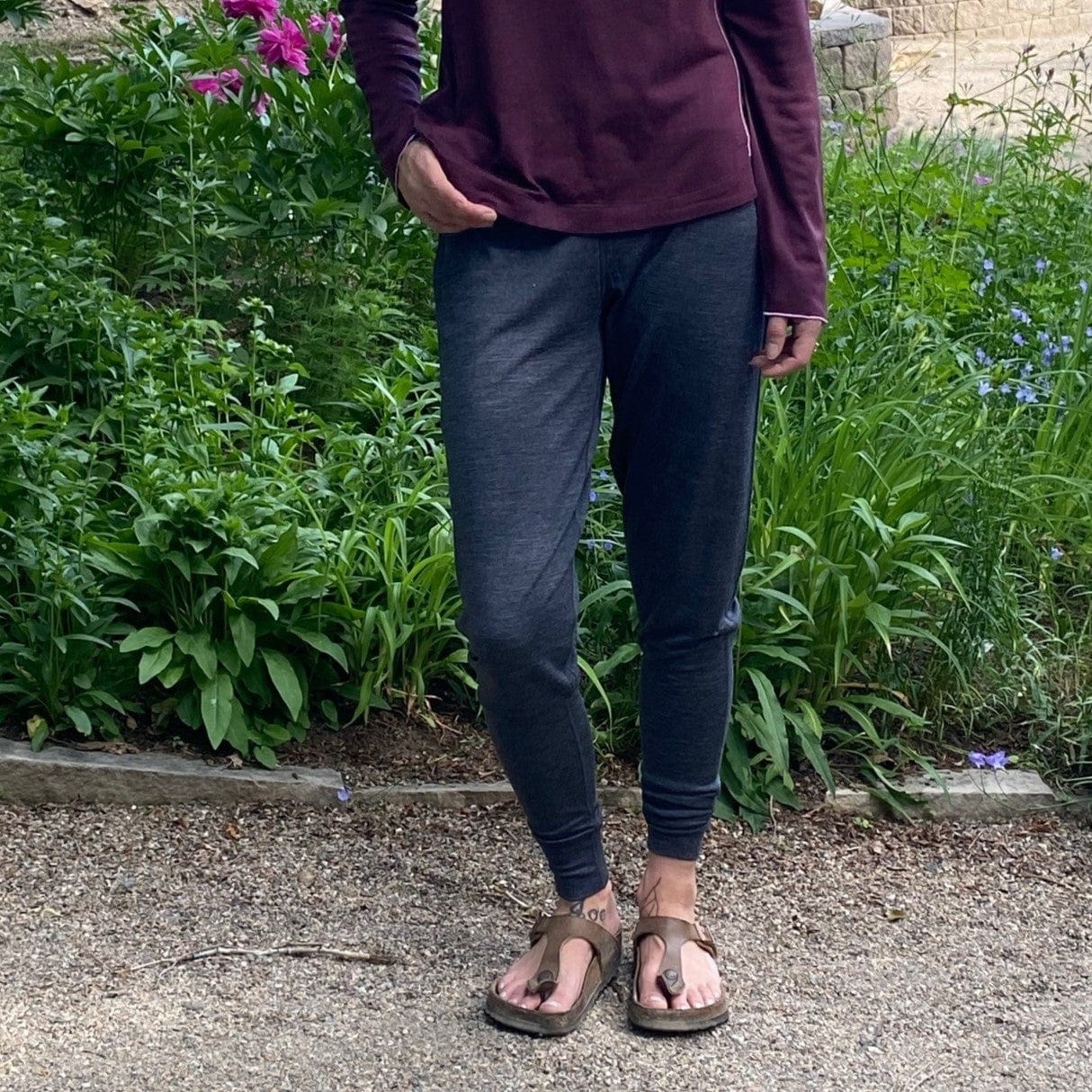
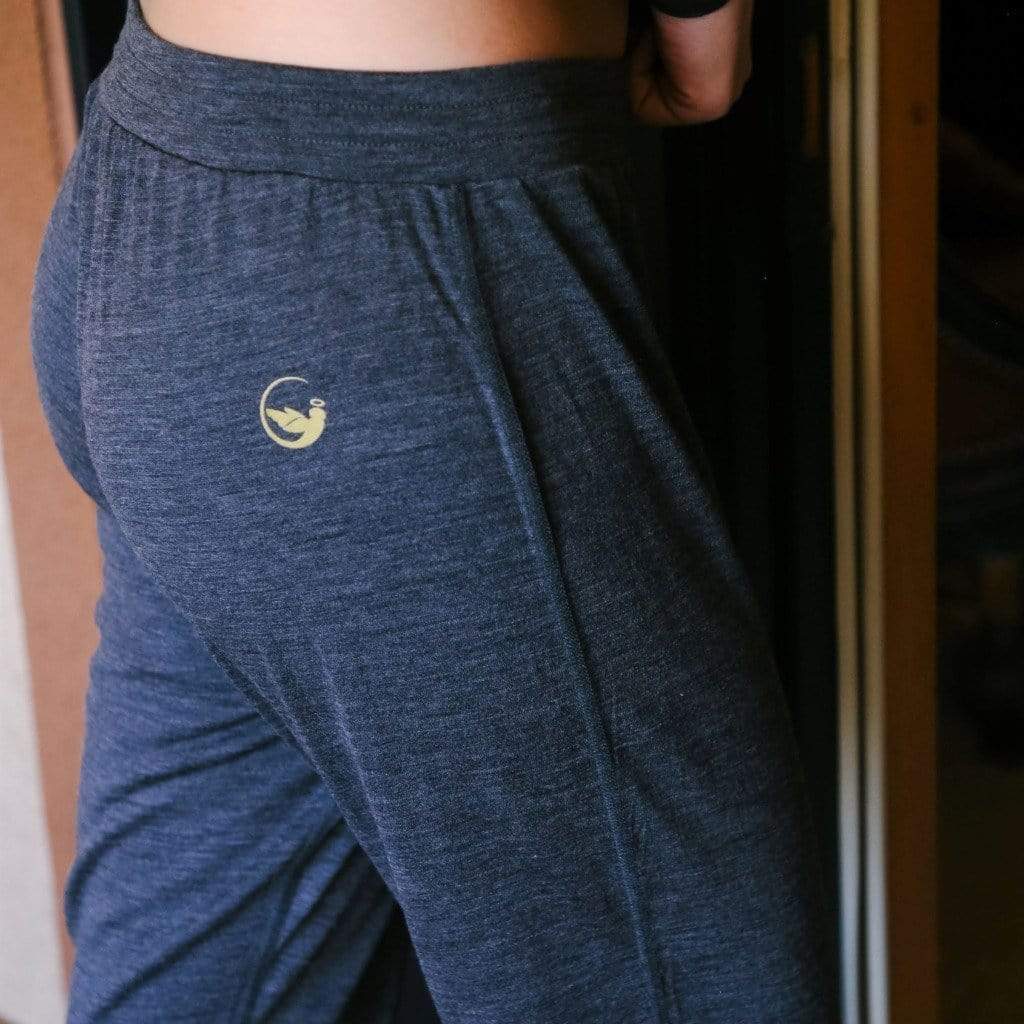
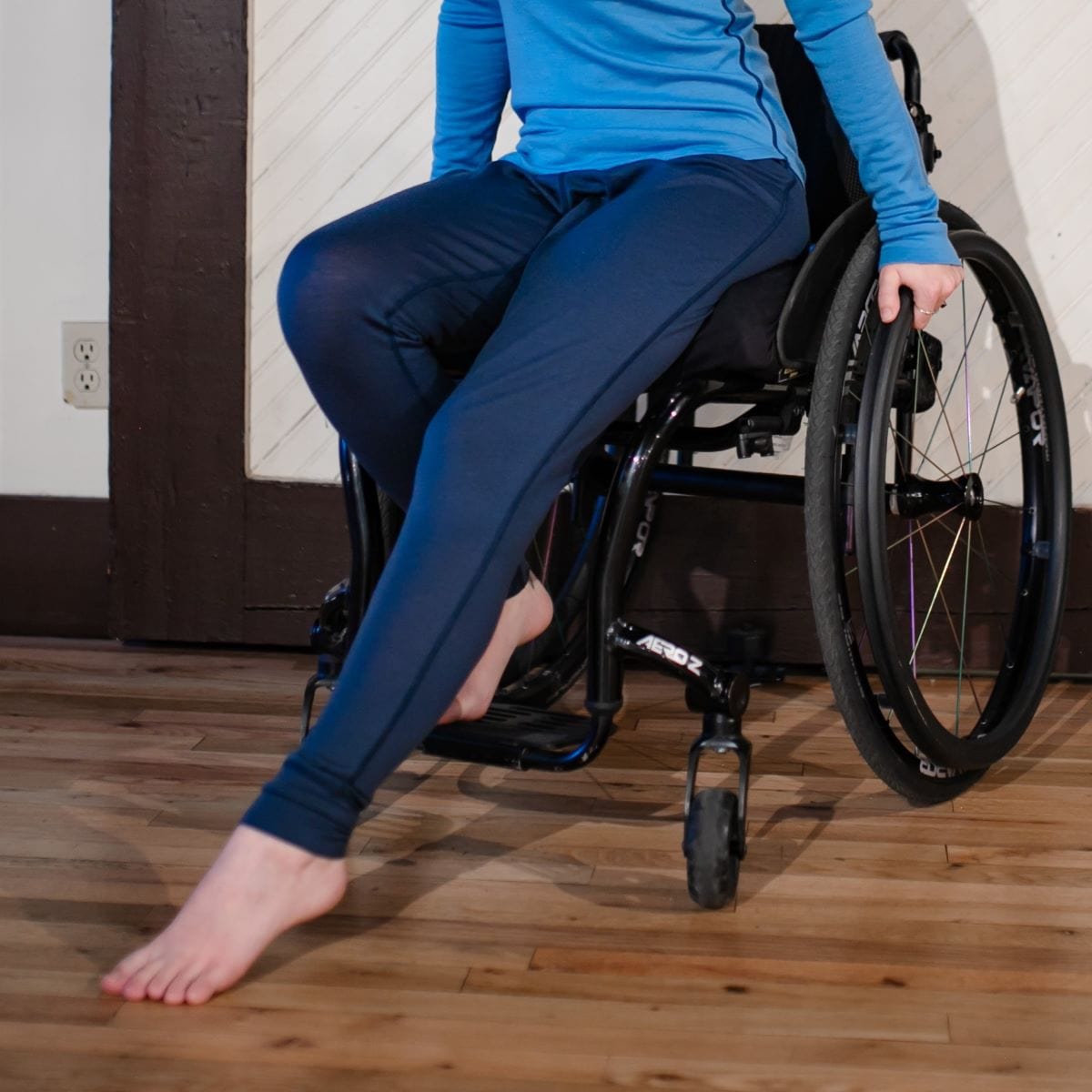
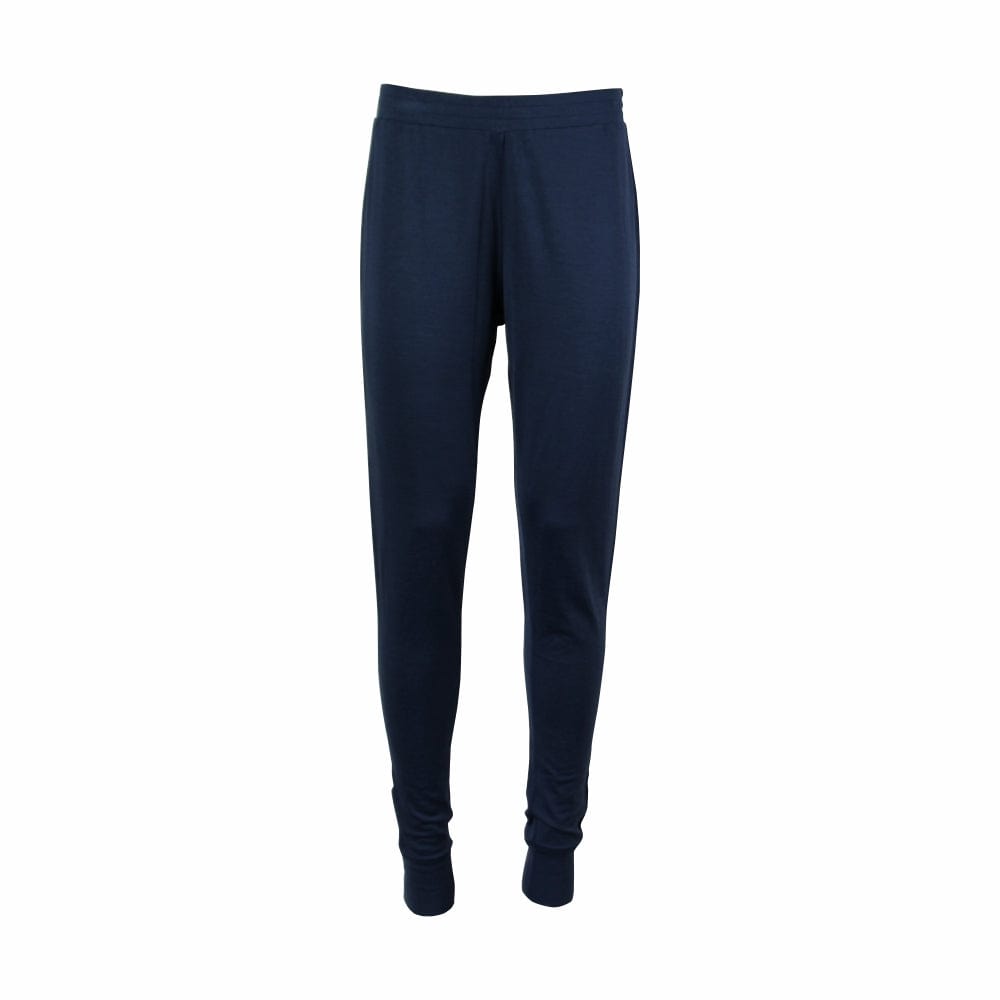
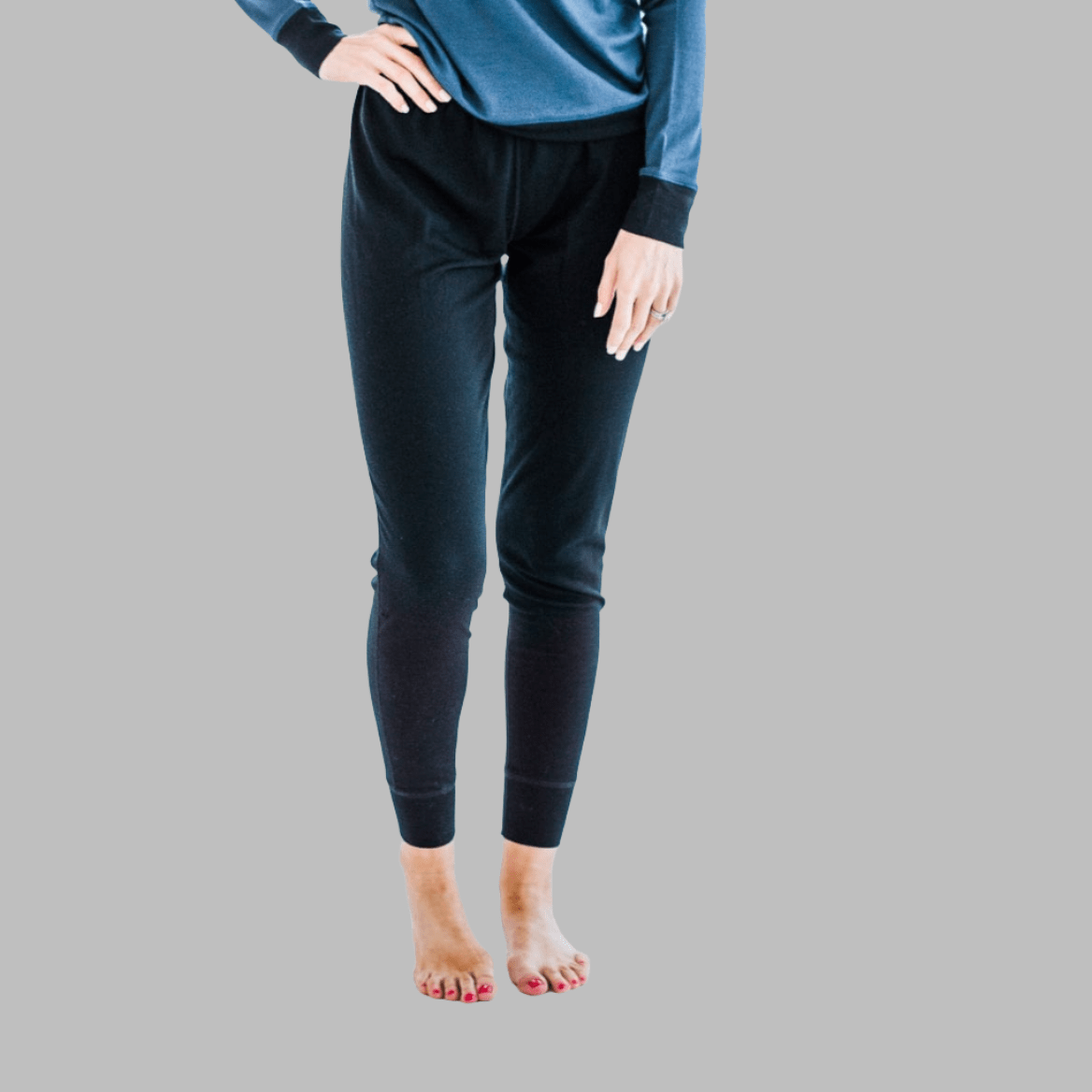



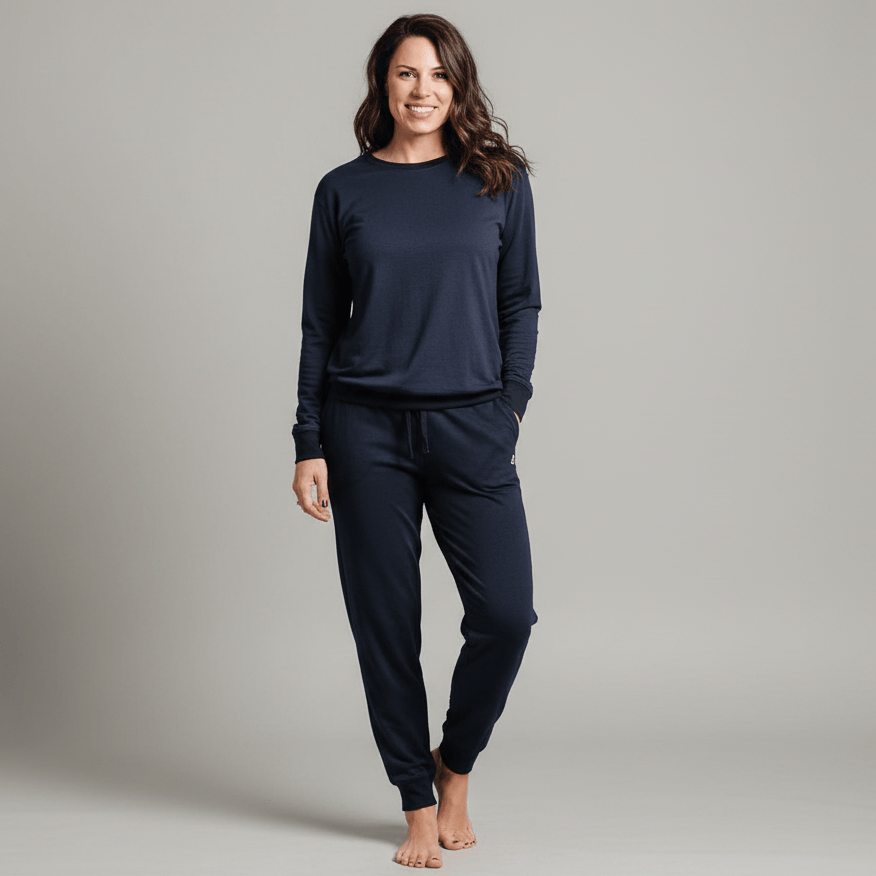
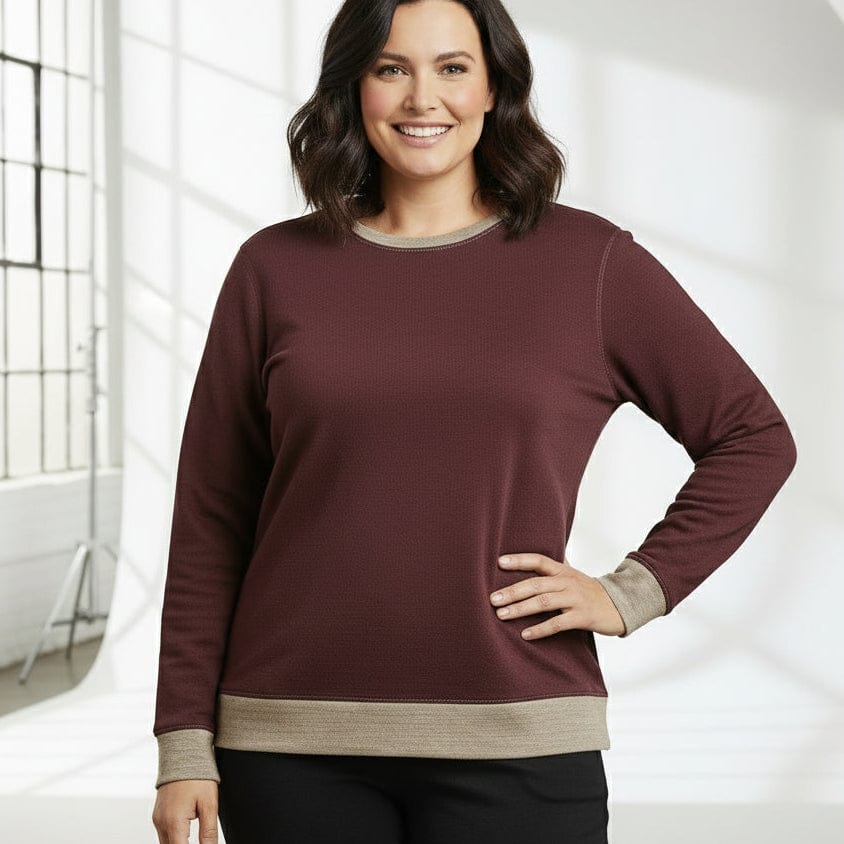
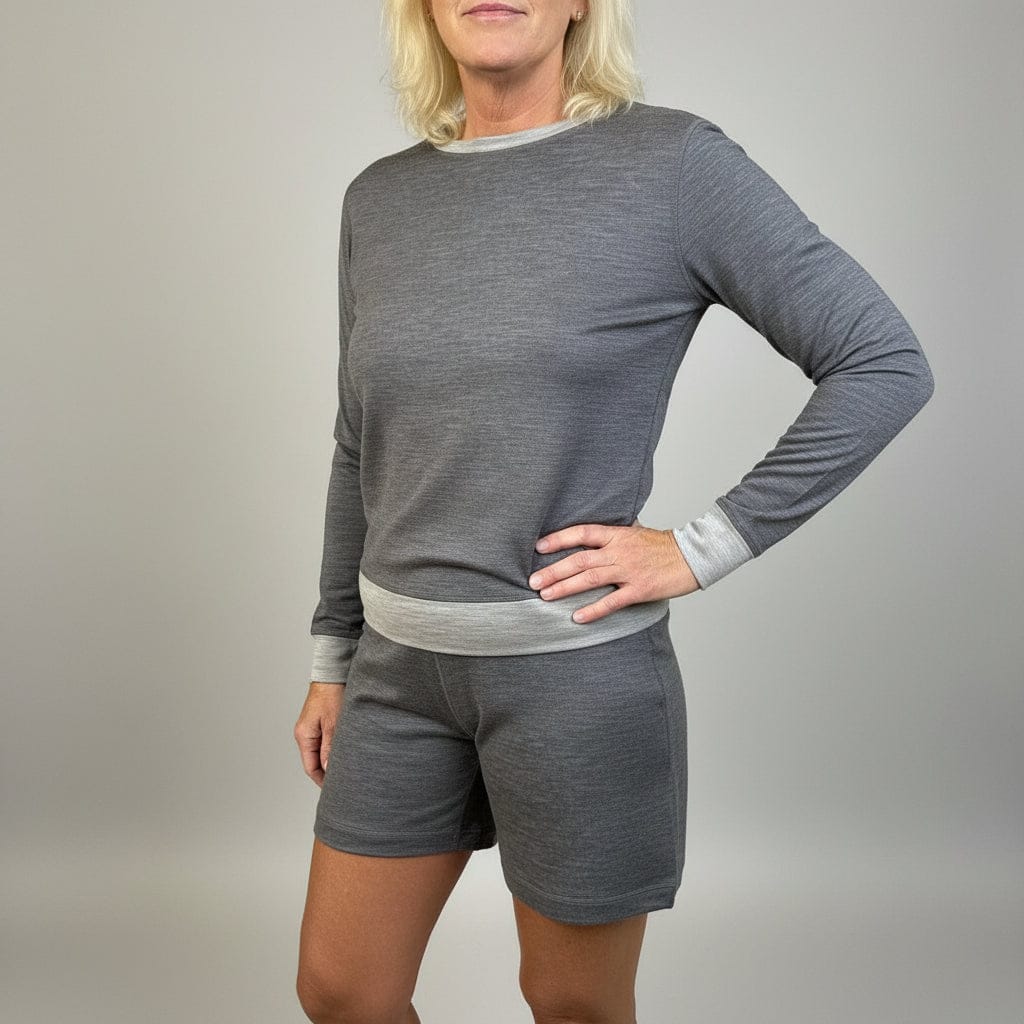
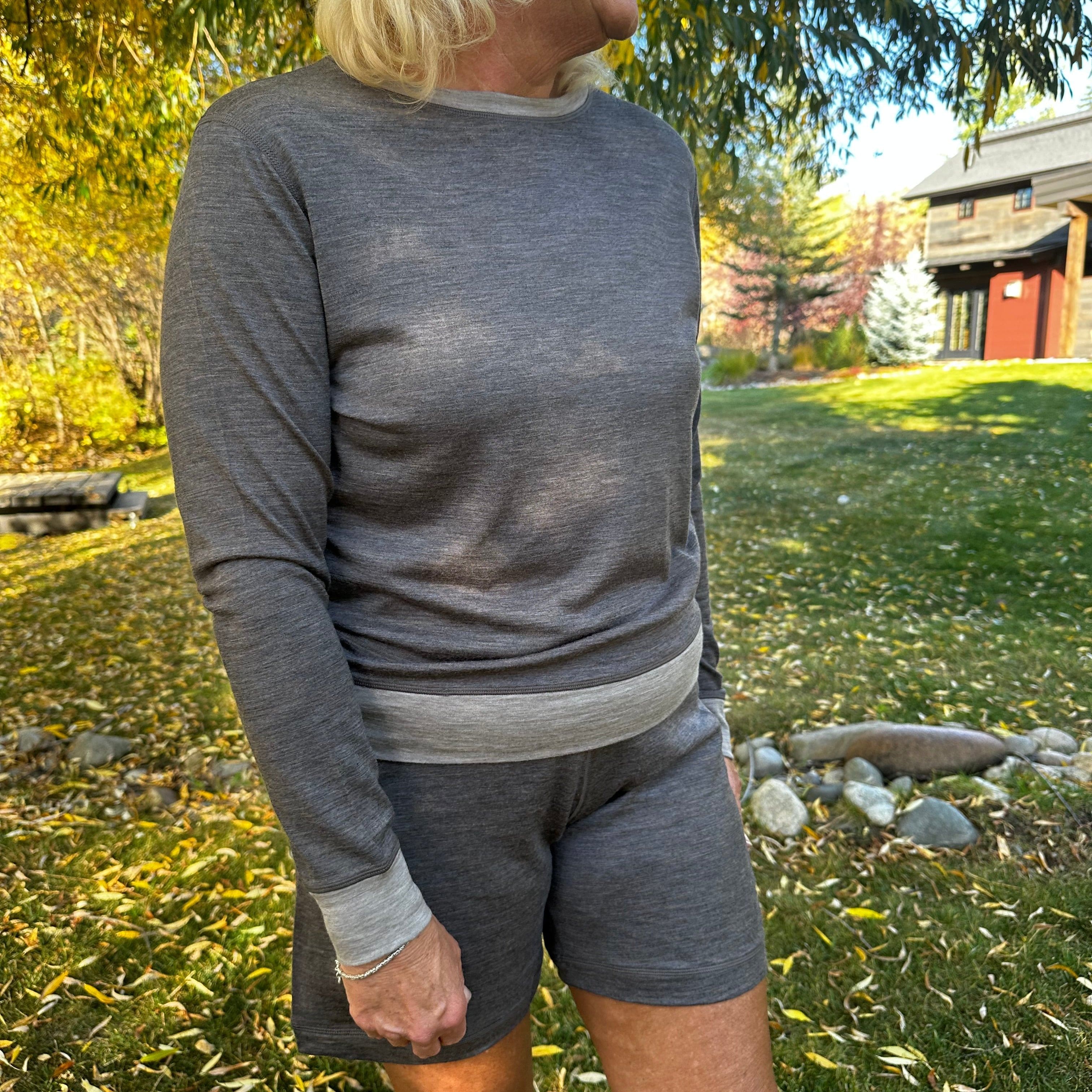






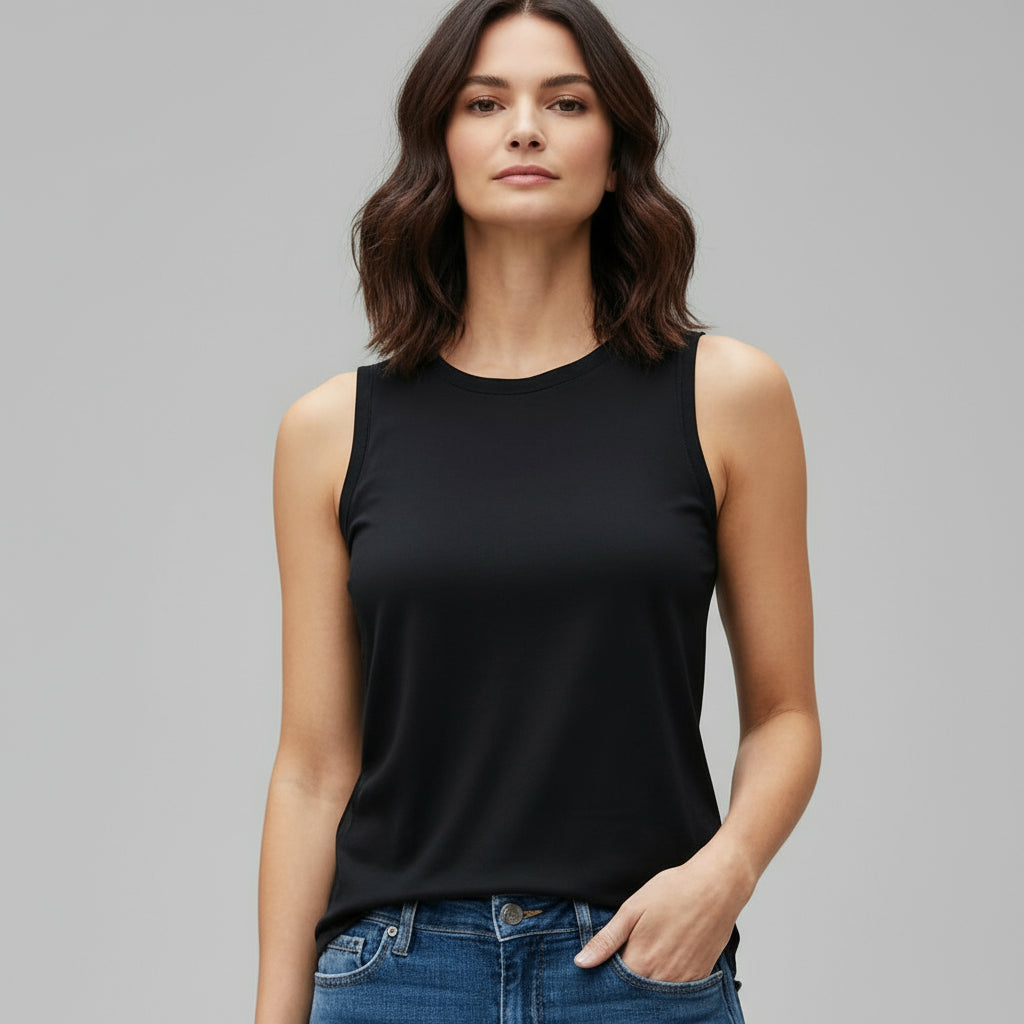


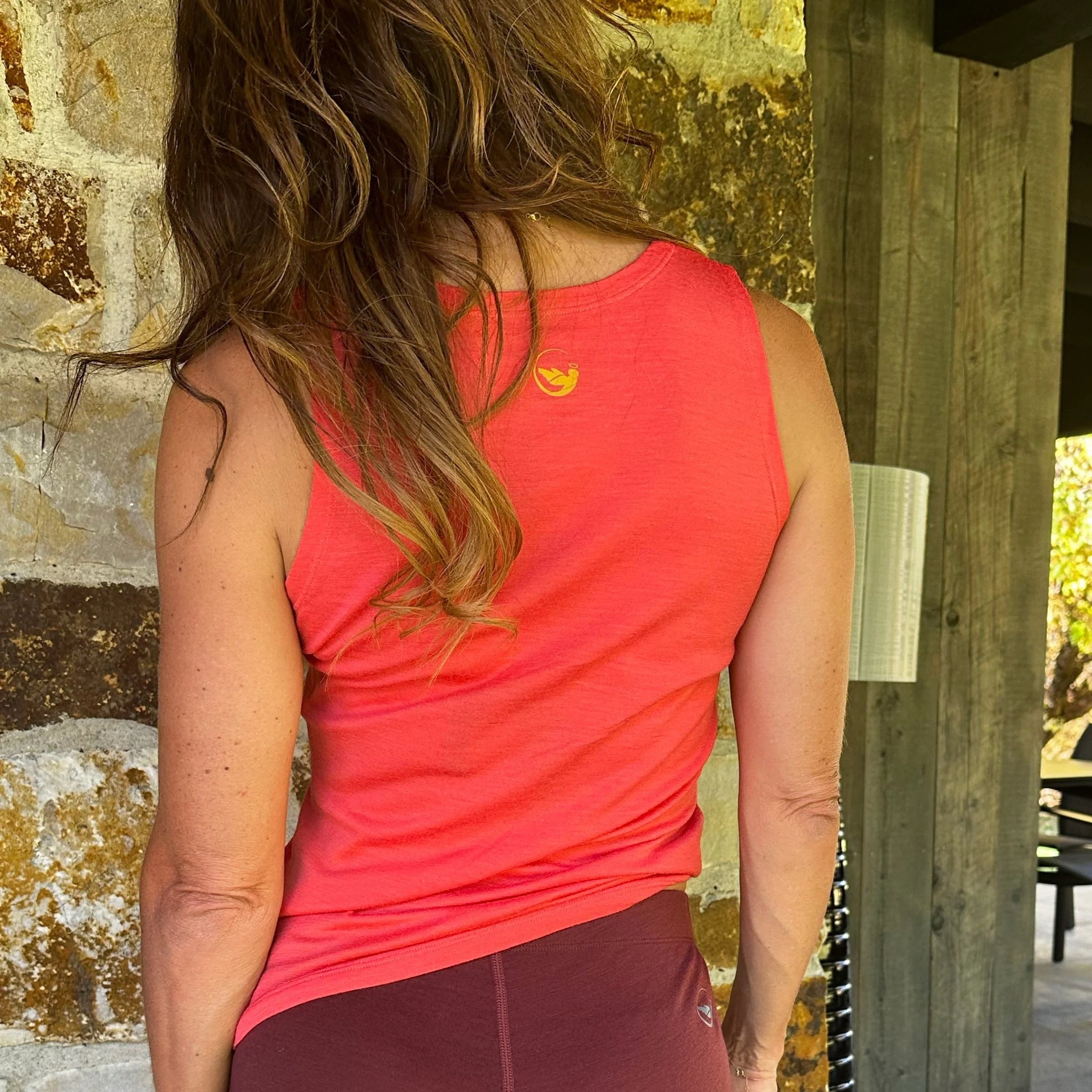
Comments
LOVE these jammies! I was so happy to get these as a gift, the style and colors are so cute, but really fell in love with them when I slept in them. Its the most comfortable I have been at night in years and therefore sleeping better and longer.